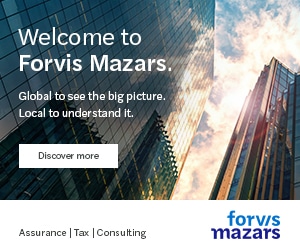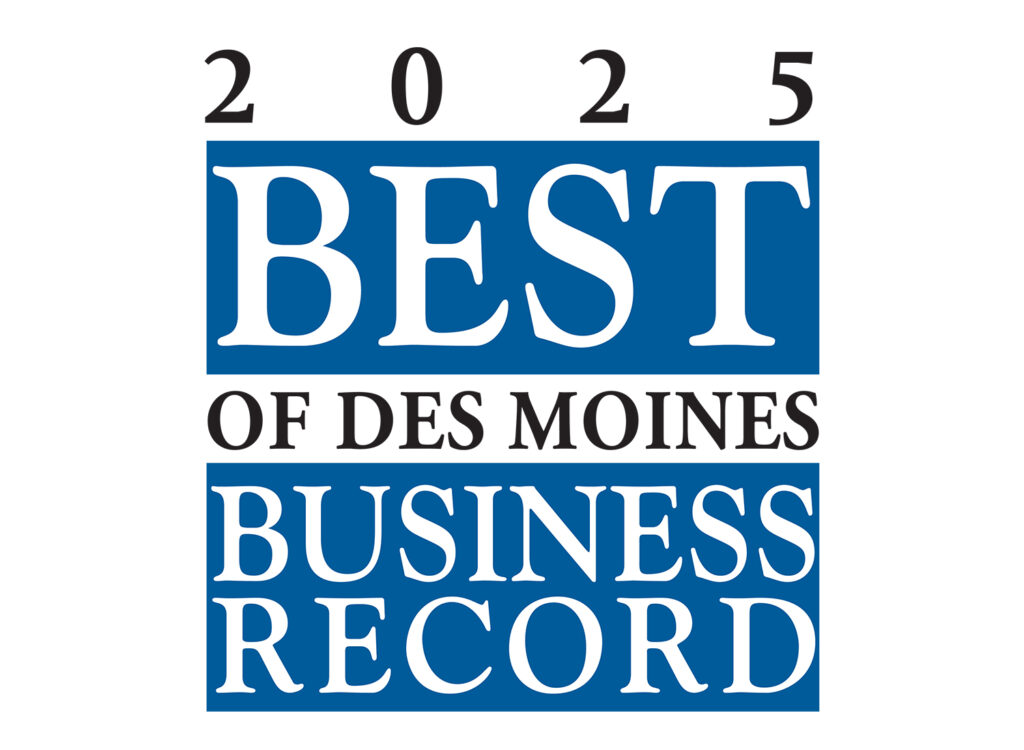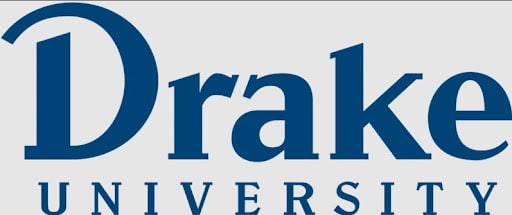NOTEBOOK: University diversity officers discuss how to make new diverse hires feel included

EMILY KESTEL Nov 29, 2021 | 8:23 pm
2 min read time
506 wordsArts and Culture, Business Record Insider, Education, The Insider NotebookPicture this: Your house is a mess. There are dog toys on the floor, crumbs on the counters, mail scattered all over the coffee table and your kids have somehow managed to leave their entire collection of shoes at the front door. You wouldn’t invite guests over without cleaning up first, right?
Bringing a diverse hire into your workplace – especially if they’ll be a “first” or “only” – should be thought of with the same mentality, two university diversity officers said.
Chiquita Loveless, interim director of diversity, inclusion and social justice at the University of Northern Iowa; and Margo Foreman, vice president and chief officer for diversity, equity and inclusion at Clark University in Massachusetts; discussed the need to be intentional about recruiting and retaining a diverse workforce during a recorded panel discussion with the Business Record earlier this fall.
“Employers should do an honest assessment,” Loveless said, urging hiring managers to look beyond just checking a box. “Would Chiquita be a good fit here? … Why would she want to work here? Why wouldn’t she want to work here? Check your culture and your environment.”
Foreman, who held a similar position at Iowa State University before taking the diversity and equity position at Clark, added that it’s important to take stock of your workforce and their cultural competency and overall readiness to include others before you put energy and effort into diversifying that workforce.
“Make sure you have your dishes washed, or are in the middle of washing them, before you start inviting everybody into your house,” she said.
So how do you make sure that employees feel comfortable and included?
First, start at the top, Foreman said. “Change the mindsets at the leadership level.” From there, look at how you support your company’s affinity groups and how you let them thrive.
Loveless stressed the need for traits of trust, character and integrity. “If you say you’re going to make that change, make that change. If you can’t, be forthright and say that you can’t. … Be vulnerable and ask the questions you don’t know. That’s how we learn.”
Both Foreman and Loveless also talked about the need for employers to display cultural humility and empathy, especially for incoming employees coming from underrepresented and marginalized backgrounds, such as those who have disabilities, are veterans, are people of color or members of the LGBTQ community.
“Students who have been coming from white-dominated institutes … who have been marginalized, have been living with this trauma since they stepped into preschool or elementary school. They’ve been dragging this trauma-packed life along with them,” Foreman said. “Their triggers are going to be very thin and very fine.”
Loveless added: “They want to feel like they belong … and not be judged for their differences.”
Institutions need to understand “the nature of the other” and make it a priority to develop their leadership, Foreman said.
“Until we start doing that, we’re going to always be pulling out Band-Aids, and that’s not the appropriate approach.”
Watch the discussion:https://youtu.be/BeNzt2r1bQY










